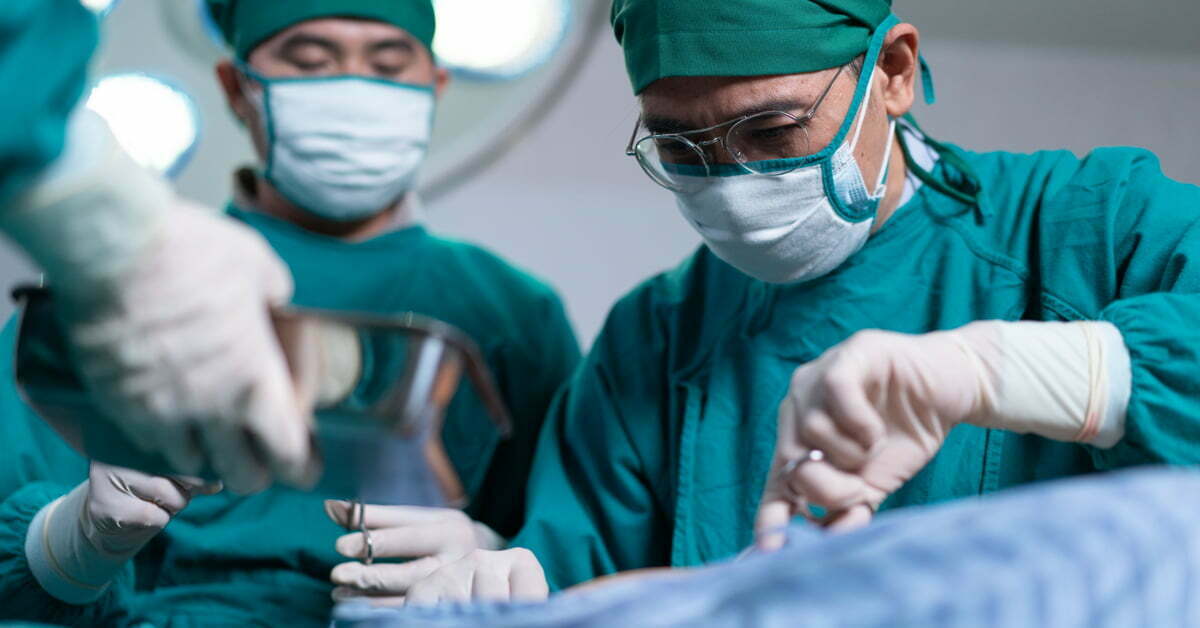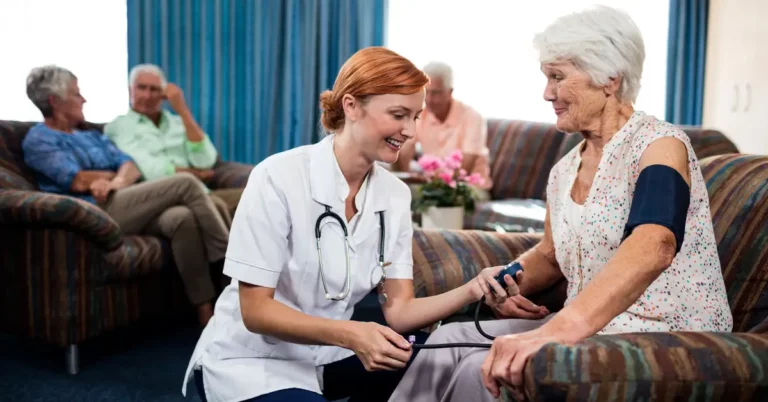In 2022, remote patient monitoring (RPM) will have extended its services to many applications. It started to monitor specific diseases, from heart failure to chronic respiratory disease. As the pandemic started, monitoring COVID-19 symptoms through remote patient monitoring became a revolutionary means to reach out to patients without risking viral transmission.
Will RPM have the potential to improve postoperative care? Let’s find out.
230 million adults undergo major noncardiac surgeries each year.[1] These procedures improve the patient’s quality and duration of life, but they can also lead to complications.
Conventional postoperative care practices are done to standardize managing patients who underwent major surgeries and operations. As a result, “patient handovers” became a means of manually passing patient information between healthcare teams or individuals from the operating room to the recovery room. The drawback here is that manual data transfer becomes more difficult because human errors can still occur, putting patients at risk after surgery.
The transition from a postop anesthesia care unit to home may become inadequate due to a lack of vital sign monitoring. While studies continue to advance telehealth in postoperative care, we should also weigh its benefits.
Worry not! Here are the four benefits of RPM in postoperative care:
1. Faster return to daily activities
Detection and identification of postoperative symptoms and consequences have increased with remote patient monitoring. This becomes beneficial as early identification reduces the severity of negative effects.
The discharge period increases the number of under-monitored patients, owing to the fact that once patients improve enough to return home they are no longer under medical supervision. This can bring delays in detecting postoperative complications such as intractable pain, bleeding, and hypotension. Remote patient monitoring prevents these kinds of complications which helps postoperative patients go back to their normal activities faster. Real time monitoring promotes more patient proactivity which will greatly improve quality of postoperative care. In addition, remote patient monitoring will improve the postoperative experience because patients will learn how to self-manage, which reduces waiting times, and increase healthcare access.
2. Effective pain control with continuous monitoring
Patients are more satisfied when they know their pain is effectively controlled after surgery. In addition, correcting medication mistakes can have a significant impact on postoperative management as it avoids over and under-medication.
While opioids remain a mainstay treatment for postoperative pain, side effects are still common, including slowed heart rate and breathing rate. DrKumo’s real-time vital sign monitoring provides excellent service in addressing these complications with early detection and intervention.
3. Coordinated care results in fewer prescription errors
As remote patient monitoring greatly impacted patients with chronic disease, coordinated care in the postoperative period will also benefit patients in need of acute care.
Telehealth and remote patient monitoring initially used smartphones and simple technologies2, which then progressed to wearable devices as a means of transmitting patient data more efficiently.
In addition, because there is a scarcity of specialists, particularly in underserved areas, coordinated remote patient monitoring combined with disease monitoring provides enhanced access to healthcare services.
4. Satisfaction accompanied with fewer hospital readmissions
Patients who are discharged following non-elective procedures are more likely to require acute hospital care, readmissions, and follow-up appointments with their healthcare providers. However, there has been a significant reduction in the number of patients who have needed to return to the emergency room or have been readmitted to the hospital. In addition, there are reduced waiting periods because providers can easily handle postoperative patients from the comfort of their own homes, reducing the number of unnecessary visits to the emergency room. This not only reduced the number of patients who returned to the hospital for emergency care, but it also relieved stress on the healthcare system while also enhancing patient outcomes, thanks to remote patient monitoring, which was previously unavailable.
As a result, when they are readmitted to the hospital, attending doctors have more time to attend to the needs of their patients because the RPM database can quickly synthesize the integration of vital signs and symptoms even before arriving on the hospital grounds, making it convenient for postoperative patients in rural areas and patients with transportation barriers who require continuing care.
How DrKumo can help
In the postoperative sector, the rise of ambulatory procedures is paving the way for increased hospital revenues. More same-day surgeries are being performed since they are believed safe to allow for discharge, but this is not without hazards. When used in conjunction with DrKumo’s Bluetooth-enabled vital sign monitoring system, remote patient monitoring can provide substantial assistance to care management with data integration and synthesis.
Conclusion
There are still concerns with the lack of online activity, which makes it challenging to recognize hemodynamic deterioration and invent and prevent consequences. Interaction with the provider that is adaptable for clinical assessment and follow-up is the best way to streamline postoperative care workflows.
References:
- McGillion, M., Duceppe, E., Allan, K., Marcucci, M., Yang, S., & Johnson, A. et al. (2018). Postoperative Remote Automated Monitoring: Need for and State of the Science. Canadian Journal Of Cardiology, 34(7), 850-862. doi: 10.1016/j.cjca.2018.04.021
- Williams, A. M., Bhatti, U. F., Alam, H. B., & Nikolian, V. C. (2018). The role of telemedicine in postoperative care. _mHealth_, _4_, 11. https://doi.org/10.21037/mhealth.2018.04.03








